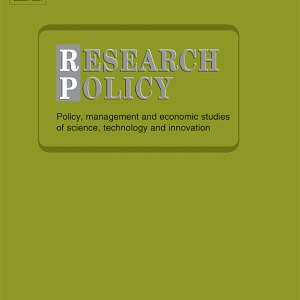
Borner, K., Berends, H., Deken, F. and Feldberg, F. (2023). Another pathway to complementarity: How users and intermediaries identify and create new combinations in innovation ecosystems Research Policy, 52(7):1--15.
-
Affiliated authors
-
Publication year2023
-
JournalResearch Policy
The value that users might derive from products and services increasingly depends on their complementarity with other products and services. Whereas prior work has emphasized how firms and complementors design for complementarity, we shift attention to how complementarity arises in use. This study is situated in the smart home market where digital products offer an unbridled range of conceivable combinations, and users may combine products in their system of use that are not initially designed for complementarity. Through a multi-method multiple case study, we distinguish a user pathway besides a producer pathway to establishing complementarity. Complementarity presupposes both the identification of complementary combinations as well as creating technical compatibility between products. In the producer pathway, firms focus mostly on creating technical compatibility while in the user pathway, users identify complementary combinations that go beyond those foreseen by firms. Intermediary toolkits can assist users in creating combinations, and we find that, ultimately, the user pathway also facilitates the producer pathway. Our findings offer insights into the important role of users and intermediaries in innovation ecosystems and extend the scope of user innovation.